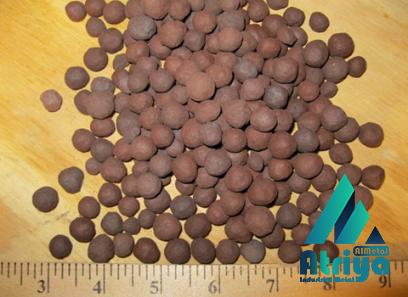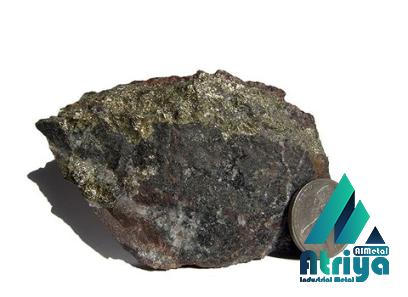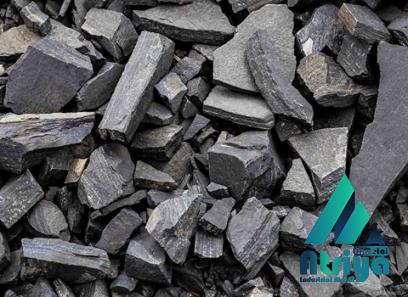As industries around the world strive to reduce their carbon footprint and shift towards more sustainable practices, the steel industry has emerged as a significant player in this transition. One notable advancement in steel production is the adoption of direct reduction iron ore pellets. In this article, we will delve into the world of direct reduction iron ore pellets, exploring their benefits, manufacturing process, and how they are revolutionizing the steel industry. 1. Understanding Direct Reduction Iron Ore Pellets: Direct reduction iron ore pellets are small, high-purity iron chunks produced from iron ore fines through a unique manufacturing process. These pellets bypass the traditional blast furnace route and are instead used to manufacture steel through a direct reduction process, significantly reducing the industry’s carbon emissions. 2. Environmentally Friendly Production: Direct reduction iron ore pellets offer a more sustainable alternative to the conventional blast furnace method of steel production, as they emit significantly lower carbon dioxide (CO2) emissions. By bypassing the carbon-intensive coke-making process, direct reduction plants can reduce their greenhouse gas emissions by up to 70%.

.
 This reduction in CO2 emissions aligns with global efforts to mitigate climate change and achieve carbon neutrality goals. 3. Economical and Efficient: In addition to its environmental benefits, direct reduction iron ore pellets offer economic advantages to steel producers. The manufacturing process consumes less energy compared to the traditional blast furnace method, resulting in lower operational costs. Moreover, direct reduction plants can be built on a smaller scale and require less initial capital investment, making them more accessible to both large-scale and smaller steel manufacturers. 4. Advancements in Direct Reduction Technology: The direct reduction process has undergone substantial technological advancements in recent years, enhancing its efficiency and overall performance.
This reduction in CO2 emissions aligns with global efforts to mitigate climate change and achieve carbon neutrality goals. 3. Economical and Efficient: In addition to its environmental benefits, direct reduction iron ore pellets offer economic advantages to steel producers. The manufacturing process consumes less energy compared to the traditional blast furnace method, resulting in lower operational costs. Moreover, direct reduction plants can be built on a smaller scale and require less initial capital investment, making them more accessible to both large-scale and smaller steel manufacturers. 4. Advancements in Direct Reduction Technology: The direct reduction process has undergone substantial technological advancements in recent years, enhancing its efficiency and overall performance.
..
 The use of natural gas, hydrogen, or a combination of both as reducing gases in the process has gained momentum, reducing greenhouse gas emissions even further. Additionally, the development of cutting-edge direct reduction reactors and improved process control systems has resulted in higher product quality and production yields. 5. Growing Global Demand: The adoption of direct reduction iron ore pellets continues to grow worldwide, driven by increasing demand for sustainable steel production. Steelmakers across the globe are recognizing the importance of reducing their carbon footprint and are actively seeking innovative solutions. As a result, direct reduction plants are being built or expanded in regions such as North America, Europe, the Middle East, and Asia-Pacific. 6. Impacts on the Steel Industry: Direct reduction iron ore pellets are rapidly changing the landscape of the steel industry.
The use of natural gas, hydrogen, or a combination of both as reducing gases in the process has gained momentum, reducing greenhouse gas emissions even further. Additionally, the development of cutting-edge direct reduction reactors and improved process control systems has resulted in higher product quality and production yields. 5. Growing Global Demand: The adoption of direct reduction iron ore pellets continues to grow worldwide, driven by increasing demand for sustainable steel production. Steelmakers across the globe are recognizing the importance of reducing their carbon footprint and are actively seeking innovative solutions. As a result, direct reduction plants are being built or expanded in regions such as North America, Europe, the Middle East, and Asia-Pacific. 6. Impacts on the Steel Industry: Direct reduction iron ore pellets are rapidly changing the landscape of the steel industry.
…
 The ability to produce high-quality steel with lower emissions positions manufacturers as responsible contributors to a sustainable future. Additionally, the versatility of direct reduction plants allows for the efficient use of various types of iron ores, including low-grade ores, making it economically viable to produce steel from previously uneconomical resources. Conclusion: Direct reduction iron ore pellets are transforming the steel production process by offering a sustainable and efficient alternative to traditional methods. With lower carbon emissions, reduced operational costs, and increasing global demand, direct reduction technology is revolutionizing the steel industry. As the world continues to prioritize sustainability, the adoption of direct reduction iron ore pellets paves the way for a greener and more prosperous steel sector.
The ability to produce high-quality steel with lower emissions positions manufacturers as responsible contributors to a sustainable future. Additionally, the versatility of direct reduction plants allows for the efficient use of various types of iron ores, including low-grade ores, making it economically viable to produce steel from previously uneconomical resources. Conclusion: Direct reduction iron ore pellets are transforming the steel production process by offering a sustainable and efficient alternative to traditional methods. With lower carbon emissions, reduced operational costs, and increasing global demand, direct reduction technology is revolutionizing the steel industry. As the world continues to prioritize sustainability, the adoption of direct reduction iron ore pellets paves the way for a greener and more prosperous steel sector.











Your comment submitted.